The difference between Huakui Coffee Bean and Rosa Coffee Bean which tastes better between Huakui and Rosa
What is "Sakuran"? The head of a hundred flowers? Or a top beauty? Is it plum blossom, orchid or peony? Not at all. It's a cup of coffee. Huakui coffee bean is a kind of coffee bean that is popular in the world from Ethiopia. Why is a coffee bean called "Sakuran"? Today Qianjie is coming to unveil the mystery of "Sakuran".
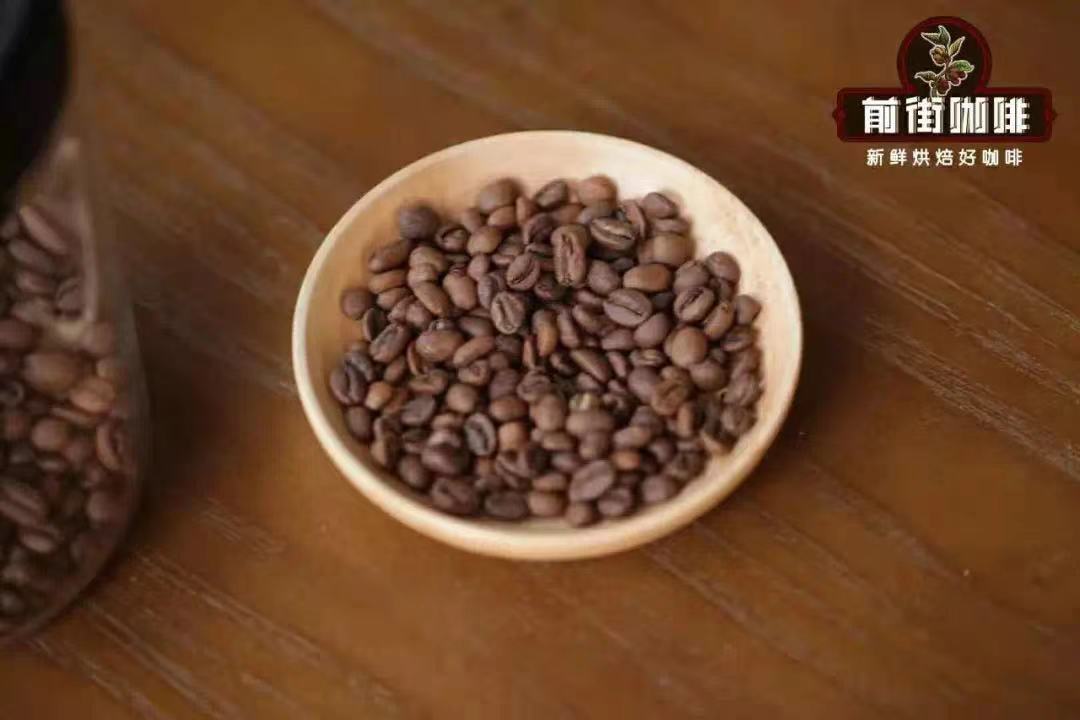
Qianjie believes that if you want to tell the story of "Huakui" coffee, you should start with the passing competition in the 2017 World Coffee Brewing Competition. Li Jianfei, the runner-up in China at that time, boldly used the new champion beans to take part in the competition. it broke the situation that the players only used rose beans in the brewing competition, making the beans the only coffee that could compete with rose summer in the competition at that time. On the other hand, the scent of rose flowers, strawberry jam, sweet and sour cherries, peach pulp and red wine. The elegant flavor amazed the judges at that time, and the "Sakuran Coffee" at that time was still called Humbela. Because generally speaking, according to international practice, the naming methods of commercial coffee beans are: the name of the country, the name of the producing area, the name of the processing plant (or village, micro-producing area, cooperative). Add up each of the above items by using the full name where formal and rigorous situations are required, resulting in a long name such as "Ethiopian Yega Sheffield Tintin". This bean follows the same practice, which is called Humbela when it is exported from Ethiopia.
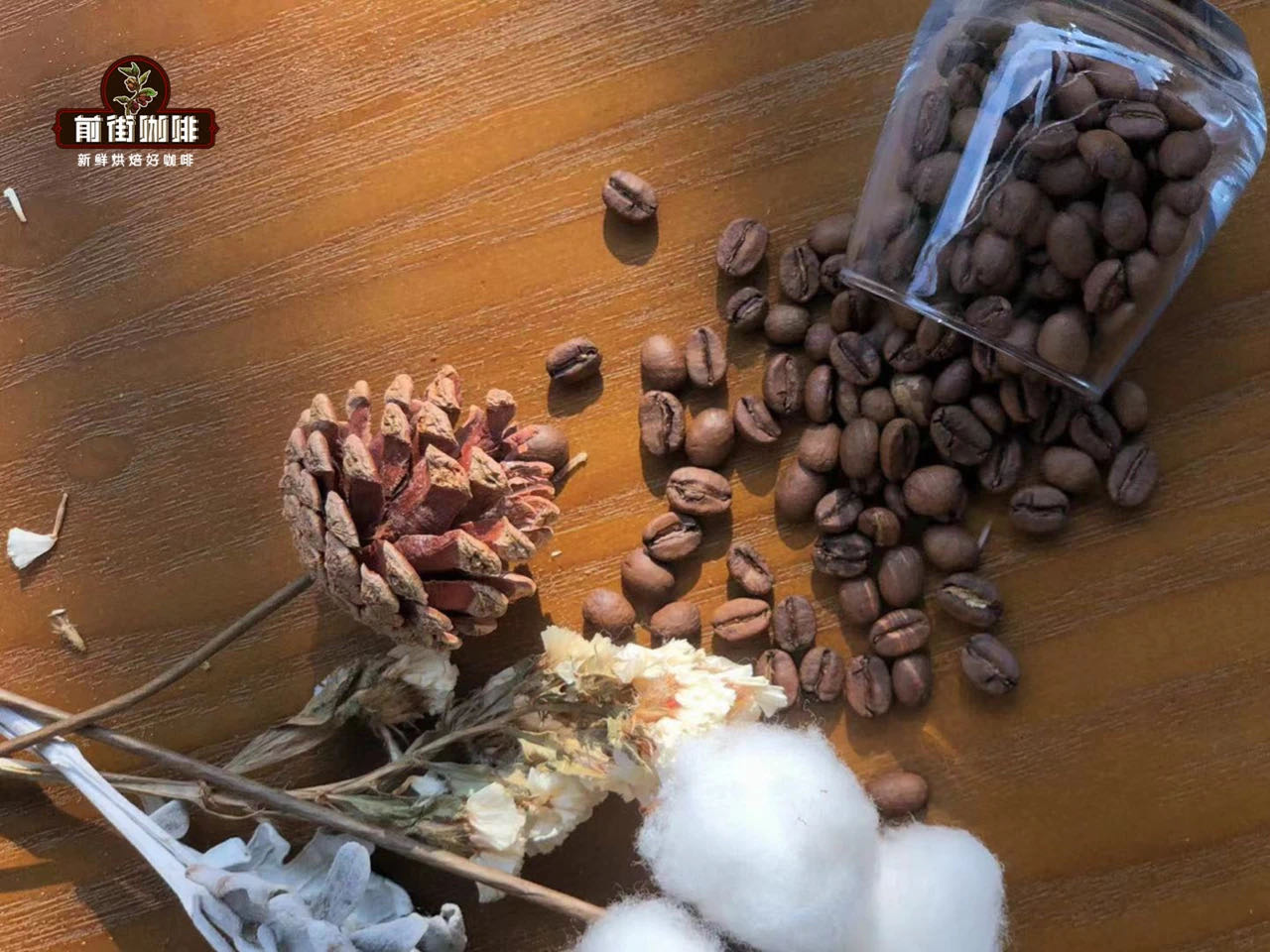
However, when Beijing bean merchants introduced it, they renamed it "Sakuran". They explained: "this coffee from the country of origin is impressive at the beginning, and if you pay attention to the follow-up treatment, it is likely to surpass the rosy summer." They advertise it as "the head of a hundred flowers, elegant and enchanting", hoping that it will compete with Rosa Xia. In that era when the rosy summer won the honor of the world's large and small competitions, everyone naturally had high hopes for this "Huakui", which had defeated many rosy summer coffee, hoping that it could break the strange circle of rosy summer coffee and be called the coffee bean on a par with rosy summer coffee.
Qianjie believes that there are signs of the explosion of "Sakuran" coffee. Since 2016, Sakuran has won many awards in the African Coffee Raw Bean Competition (Taste of Harves), which has attracted the attention of the world coffee community. In 2016 and 2017, Buku Abel won first place in the natural coffee category of ToH Ethiopia (Taste of Harvest Ethiopia) for the second year in a row, and third place in the TOH competition in 2018. The coffee is processed by the Buku Abel washing station in the small town of Hamberabuku, about 400km south of Addis Ababa.
According to the survey of Qianjie Coffee, the coffee production at the Buku Abel washing station is provided by the villagers of Buku. The washing station is located at 2000 masl. Most of the coffee grown nearby is grown at very high altitudes, up to 2300 masl. Ethiopian coffee is not disappointing at high altitudes because it takes longer to mature and the aroma of coffee is often much higher than the average.
The cleaning station is owned and managed by coffee exporter DW Exports. DW Export is owned by Demissie Edema. The farmers in Buku are mainly small farmers, with less than 2 hectares of coffee trees per family. Ripe cherries are sent to the cleaning station for processing. The processing formula has not changed since winning the TOH in 2016 and 2017. This kind of coffee is processed as classic dry coffee. The key factor is to select cherries according to a certain maturity, which must be planted at more than 2000 masl. The selected coffee was first immersed in the cold water of the nearby river across the hillside for a few hours. And then remove all floating matter. Next, put the cherries on a custom elevated bed to ensure that there is no excess moisture to soak the cherries during the drying process.
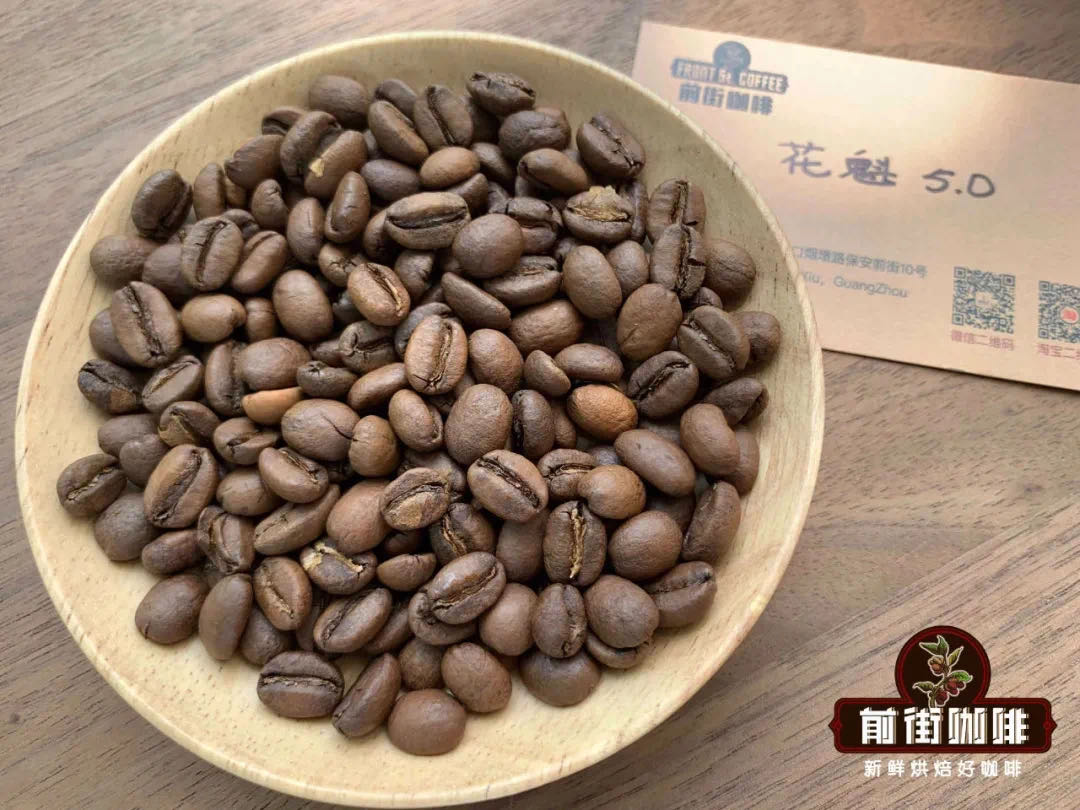
Here in Qianjie to do a little popular science for everyone: those who often buy Sakui coffee should know that they often buy Sakui X.0. Why? In fact, Buku processing plant will add [X.0] after Sakui year by year from 2017. For example, Sakuran in 2018 is called Sakuran [2.0], Sakui in 2019 is called Sakui [3.0], and so on until 2021 [5.0]. By comparing different batches of Sakuran, Qianjie found that there was no change in the general flavor of Sakuran in each year, but there were still some changes in beans. Especially in 2018 and 2019, Qianjie coffee can drink similar flavor to 17-year-old Huakui, but the aroma is not enough and the mellow thickness and aftertaste are insufficient. After comparison, Qianjie found that the main source of Hu Kui's aroma is the small grains of coffee inside. So 19 years ago, Street Coffee informed Raw Dou Fang of the relevant information, and after 2020, Sakuran split into [X.0] and Xiaogui.
So how does Sidamo Sakuran drink well? Qianjie is here to give you a standard cooking method:
Brewing parameters of Qianjie coffee:
V60 filter cup
Water temperature 91 ℃
Ratio of gouache to flour at 1:15
Powder content 15g
Degree of grinding (China 20 standard screen pass rate of 80%)
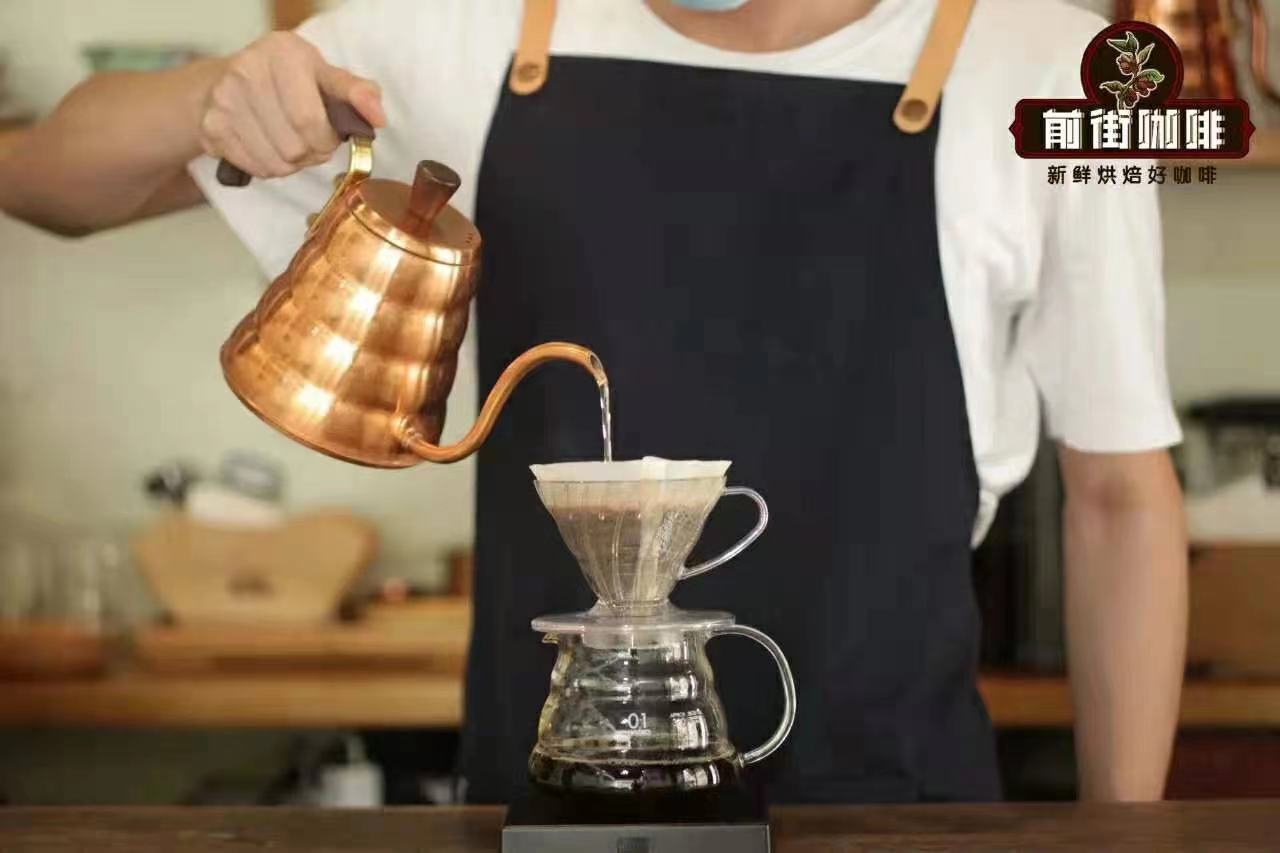
Qianjie cooking technique: use 30 grams of water for steaming for 30 seconds, small water flow around the circle to 125 grams for segments, when the water level is about to expose the powder bed, continue to inject water to 225 grams to stop water injection, wait for the water level to drop and remove the filter cup when the powder bed is about to be exposed. (the time of steaming starts) the extraction time is 2 minutes 39 percent 00 ".
Why does "Sakuran" compete for "Rose Summer"?
Qianjie believes that it should start with the hot rose summer coffee: the most well-known rose summer is exported from the Emerald Manor of Panama, which is currently recognized as the best flavor and the most expensive coffee in the world. However, "Rose Summer" is a polysemous word:
1. It is a mountain village in Banchimaji, Kafa region in southwestern Ethiopia
2. It is a coffee variety with low yield but strong disease resistance found in Africa in 1931.
3. It is a coffee farm run by two American photographers in the village of Ethiopia after changing careers.
4. It is a real boutique coffee with a cup score of more than 90 points, which has sprung up all over Central and South America decades later.
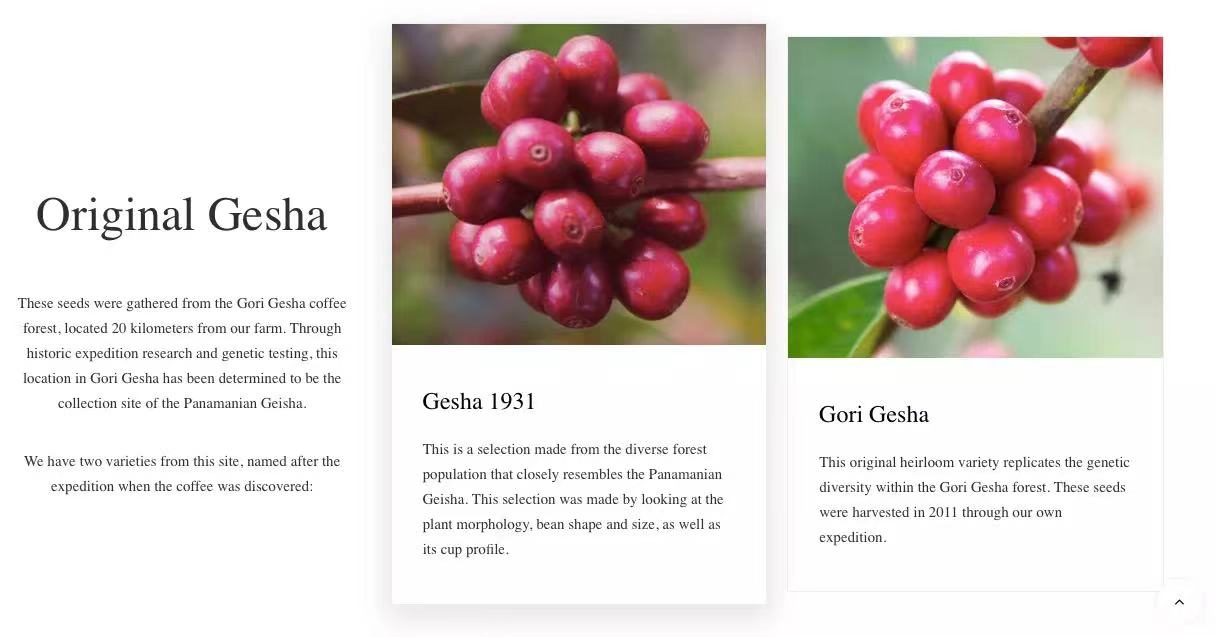
"Rose Summer" coffee beans are named because of the local Kafa language, which is pronounced "Gesha" in Rose Xia Village. However, when the coffee was introduced by consumers in Europe and the United States, it was translated into English as "Geisha", meaning "geisha". There is no geisha in the West, the word comes from Japan, the Japanese "Yun" (that is, geisha), read "gei xia".
Geisha (Geisha) is a Japanese performing arts profession born in Tokyo and Osaka in the 17th century. The original geisha were all male, mainly in brothels and places of entertainment, performing dances and musical instruments for a living. Since the middle of the 18th century, geisha were mostly found in upper-class society and dignitaries, and male geisha were gradually replaced by women. Like tea ceremony and sumo, geisha has become a symbol of Japanese culture. The translation of "geisha" is of course more communicative, and people immediately remember a cup of coffee through a Japanese geisha. Although "geisha" is not a "geisha", there is a mysterious and ambiguous image of geisha in both Eastern and Western stereotypes. You see, platforms such as Google Translation also mix "geisha" with "geisha".
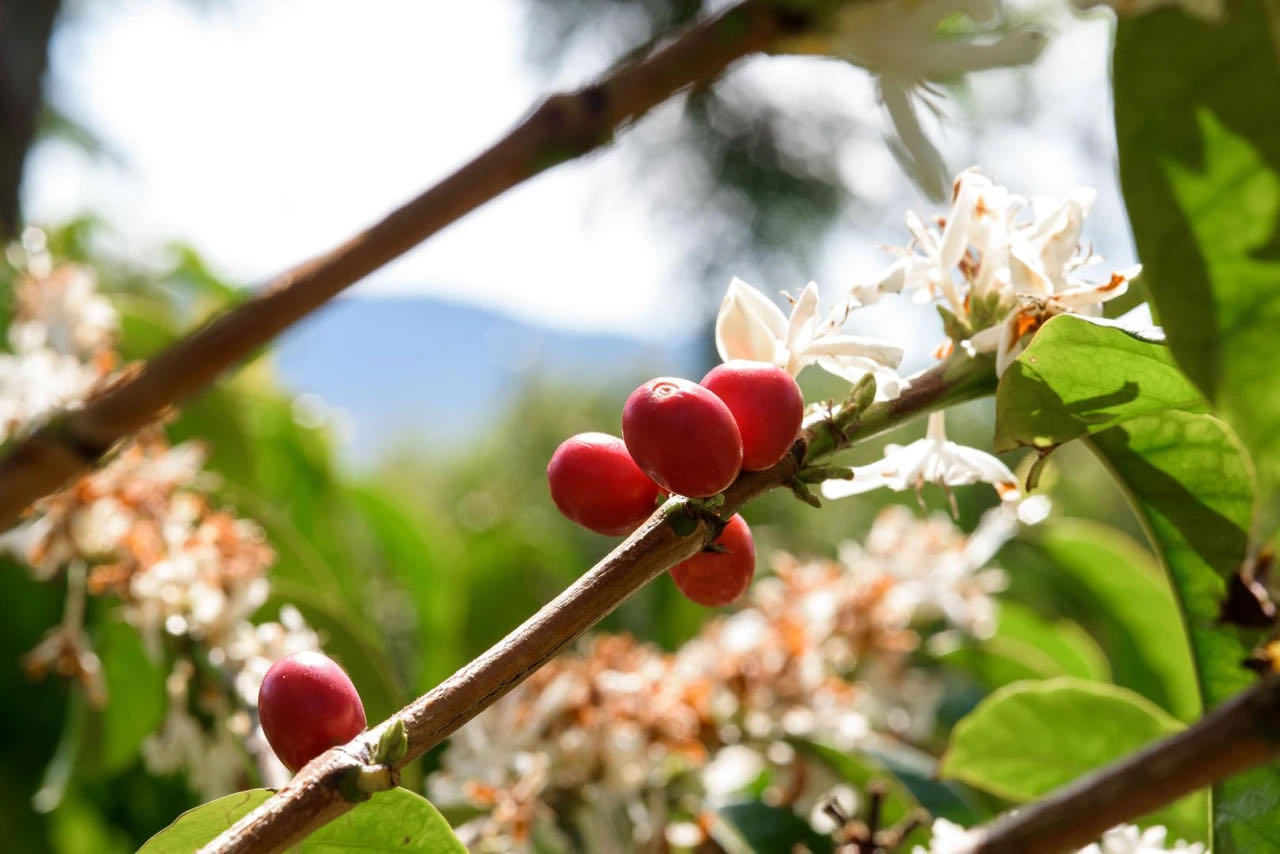
The top geisha are called "Sakuran", and the shape and meaning of Japanese is the same as that of Chinese (in ancient China, the number one of brothels was also called "Sakuran"), so it makes sense to name the coffee beyond "geisha"Sakuran".
When Rosa Coffee became popular around the world, its English name was questioned. Among them, a Japanese Mr. Inoue said, "it is an exaggeration to use the image of a geisha to promote a kind of coffee that originated in Ethiopia." This coffee is also a symptom of our misogynistic society, which has been celebrating the objectification of women, especially women of color. " Although his words are a little extreme, it is not entirely groundless to say that women are materialized in this society:
The pursuit of personality liberation and physical and mental freedom is the universal values of contemporary society. Physical autonomy is the cornerstone of human rights, and the materialization of women is a kind of discrimination, prejudice and even bullying in the patriarchal society, which is incompatible with the freedom and equality advocated by the civilized society. Born to be human, gifted and equal. Only by respecting equality can we respect freedom. The person who deliberately mistook Gesha for Geisha, and made a mistake, there are still some justifiable apologies.
The person who renamed "Humbela" to "Sakuran" cannot say that he has the intention of "materialization". Perhaps he just wants to rub up with the popularity of the "geisha" and exaggerates that the grade of this coffee has surpassed the "geisha" and reached the "top" level. Perhaps it has high hopes for this coffee and thinks that the quality of the coffee is excellent enough to be compared with Rosa. Of course, in today's boutique coffee circle, most people will translate gesha into "rose summer" coffee. Instead of using the ready-made, worldwide default, grandstanding "geisha", he or she will translate it into "rose summer". The word "rose" alone is not only enough to bear the mystery and precious of this coffee, but also perfectly takes into account the pronunciation of the original text, which is not only the realm of "Xindayya" pursued by the translation world, but also a natural expression of humanistic concern: there is no prejudice and discrimination, and women are not regarded as tools that can be used-- this is the most sound concern and understanding of human nature.

As for the flavor comparison between Rosa Coffee and Huakui, Qianjie believes that the benevolent see benevolence, the wise see wisdom, everyone has different preferences for flavor. There must be a difference in flavor between the coffee of Rosa Variety and the coffee native to Ethiopia. According to the grade of Rosa coffee, the flavor of the coffee is different. In terms of the taste of the Jade Manor Rose Summer Coffee in the front street, the flavor of the red rose summer is more delicate, with a sense of juice and flowers, and the acidity of citrus and lemon is prominent and bright. In contrast, the taste of the blue rose summer is not so solid, and the fragrance of the flowers is not concrete enough. The same is true of Sakuran, which is more fruity and fragrant with small grains. On the whole, Huakui has a heavy sense of fermentation, with the smell of fruits and tropical fruits, and a sense of oolong tea in the aftertaste.
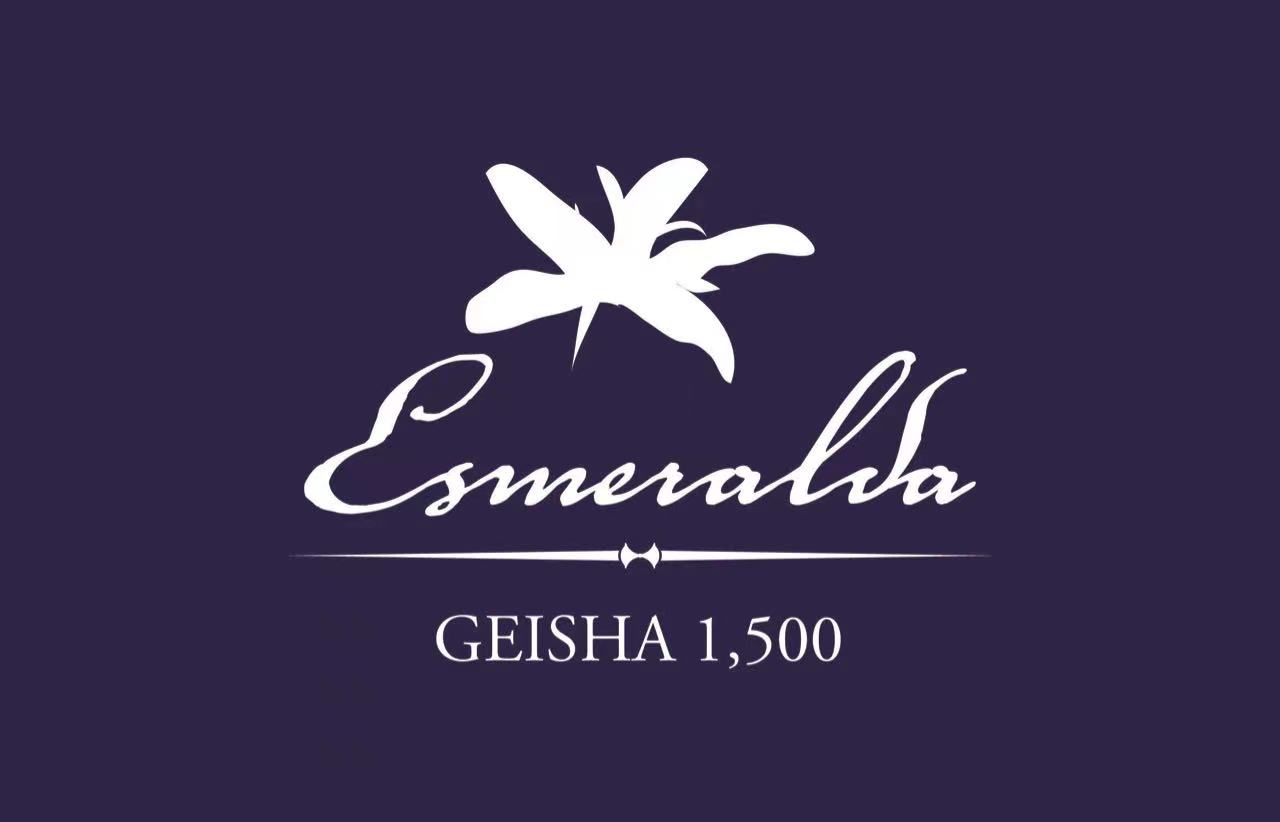
Professional coffee knowledge exchange more coffee bean information please follow the coffee workshop (Wechat official account cafe_style)
For more boutique coffee beans, please add private Qianjie coffee on Wechat. WeChat account: kaixinguoguo0925
Important Notice :
前街咖啡 FrontStreet Coffee has moved to new addredd:
FrontStreet Coffee Address: 315,Donghua East Road,GuangZhou
Tel:020 38364473
- Prev

How does Rosa Coffee taste Panama Ethiopia Rosa Coffee Flavor description has several flavors
Professional coffee knowledge exchange more information about coffee beans Please follow the coffee workshop (Wechat official account cafe_style) A few years ago we talked about coffee, the first thing we will mention are the Blue Mountains in Jamaica and Kona, Hawaii. At the beginning of the development of boutique coffee culture, people drank coffee in order to pursue the height of 13 bars.
- Next

Is Starbucks Rosa Coffee expensive? does Starbucks have Rose Summer Coffee? How much is a cup?
Professional coffee knowledge exchange more coffee bean information Please pay attention to the coffee workshop (Wechat official account cafe_style) there are many drinks in the world, two of which are very popular in the world, that is, tea and coffee. For workers, coffee and tea are absolutely indispensable, because they need
Related
- Beginners will see the "Coffee pull flower" guide!
- What is the difference between ice blog purified milk and ordinary milk coffee?
- Why is the Philippines the largest producer of crops in Liberia?
- For coffee extraction, should the fine powder be retained?
- How does extracted espresso fill pressed powder? How much strength does it take to press the powder?
- How to make jasmine cold extract coffee? Is the jasmine + latte good?
- Will this little toy really make the coffee taste better? How does Lily Drip affect coffee extraction?
- Will the action of slapping the filter cup also affect coffee extraction?
- What's the difference between powder-to-water ratio and powder-to-liquid ratio?
- What is the Ethiopian local species? What does it have to do with Heirloom native species?

